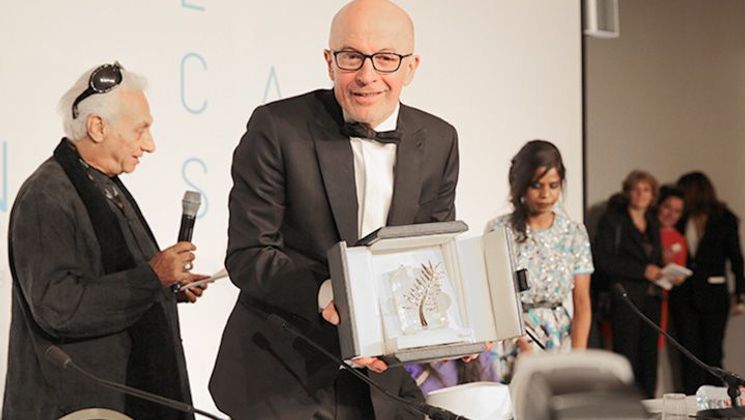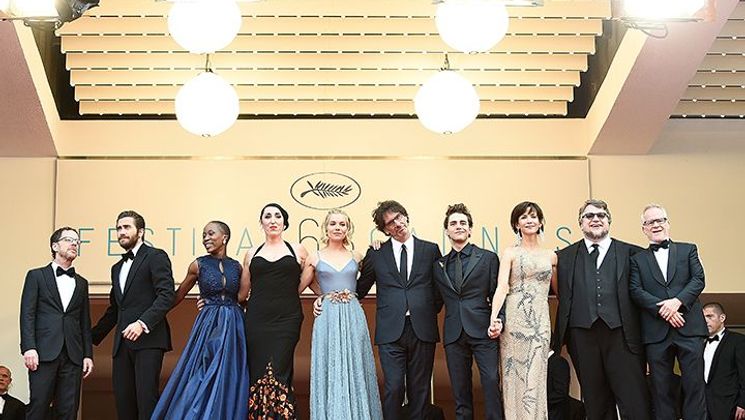
A Palme d’honneur to Agnès Varda


|
| © Ciné-Tamaris |
Agnès Varda is to receive an honorary Palme d’or during the Closing Ceremony of the 68th Festival de Cannes. Previously, only Woody Allen, in 2002, Clint Eastwood, in 2009, and Bernardo Bertolucci, in 2011, have been granted this supreme distinction by the Board of Directors of the Festival de Cannes. The award is given to renowned directors whose works have achieved a global impact but who have nevertheless never won the Palme d’or.
Agnès Varda is the first female director to garner the prestigious trophy. With her legendary humour, she notes: “And yet my films have never sold as much as theirs!” A photographer, screenplay writer, actress, director and visual artist, Agnès Varda is a total all-rounder, a versatile genius whose insatiable curiosity has led her into a whole variety of projects, each of which she somehow turns into gold.
Born on 30 May 1928, she studied photography and learned the ropes at the Avignon Festival, where she was mentored by Jean Vilar. She chose two actors from the French People’s National Theatre, Sylvia Montfort and Philippe Noiret for her first feature film, La Pointe Courte, which was edited by Alain Resnais. In retrospect, everything that would later make the New Wave such a success can be detected in this 1954 work. But it was in 1962, with Cléo from 5 to 7 that Agnès Varda first came to prominence and then won official recognition in 1965 when the Prix Louis-Delluc was awarded to her film Le Bonheur. A born maverick and inspired by her travels and spontaneous whims, Agnès Varda moved at will from short to long films and from documentary to fiction, covering every subject under the sun: Mur, Murs, Daguerréotypes and Jane B par Agnès V reveal the extent of her poetic imagination while her fictional work, including One Sings, the Other Doesn’t or Vagabond (Lion d’or in Venice in 1985), offer up uncompromising takes on everyday social reality.
After the death of her life partner, Jacques Demy, she made three films in his memory, including the very moving Jacquot de Nantes.
In 2000, she made Les Glaneurs et la Glaneuse, alone and using a digital camera, and in 2006, she turned visual artist-cum-set designer for an exhibition dedicated to her at the Cartier Foundation, entitled l’Ile et elle. Two years later, her autobiographical work Les plages d’Agnès picked up the César for best documentary.
As an emblematic figure and artist unlike any other, she serves as a role model for the younger generations: her work and her life are infused with the spirit of freedom, the art of driving back boundaries, a fierce determination and a conviction that brooks no obstacles. Simply put, Varda seems capable of accomplishing everything she wants.


